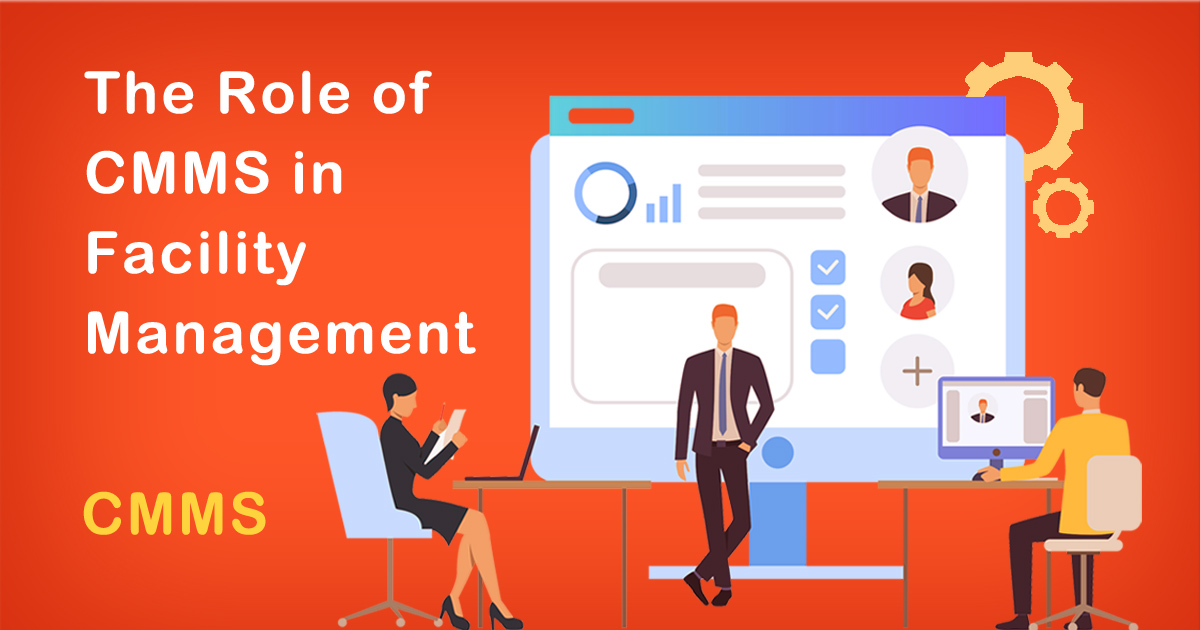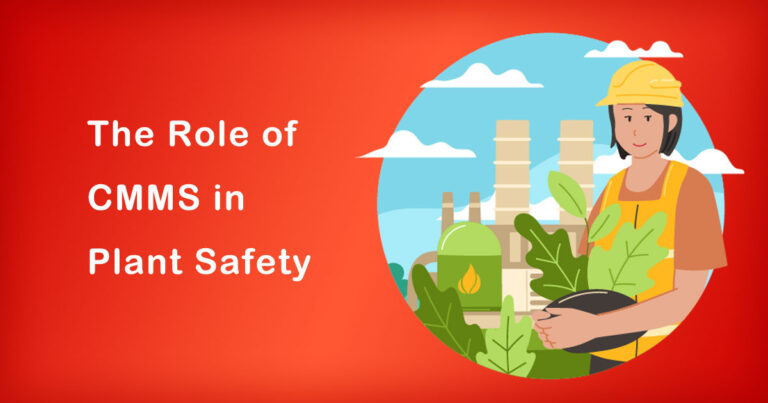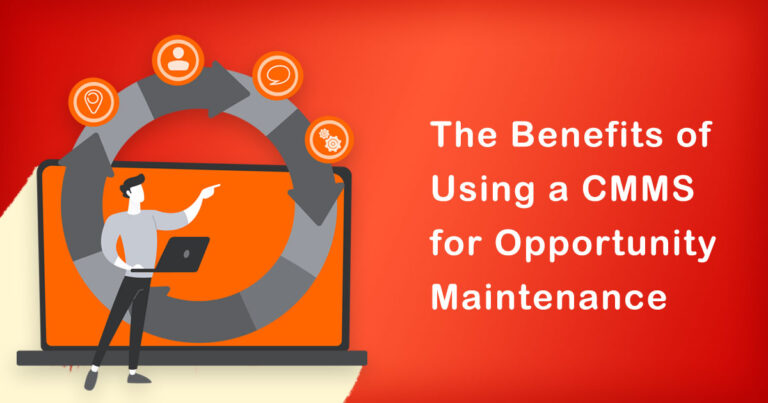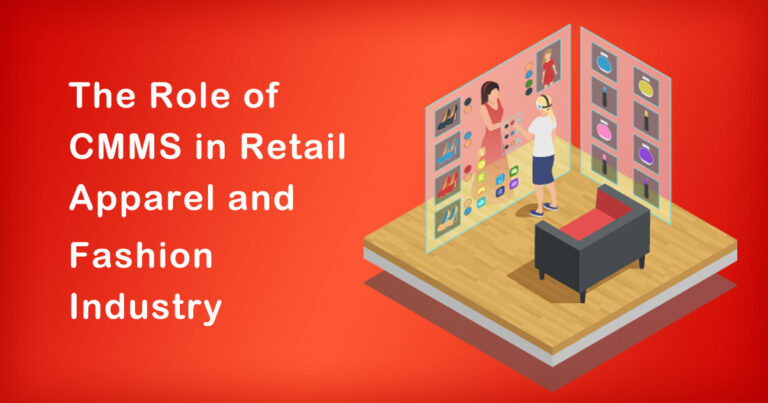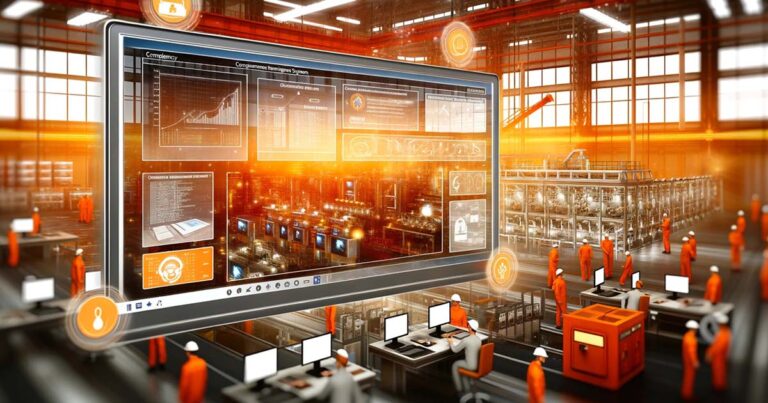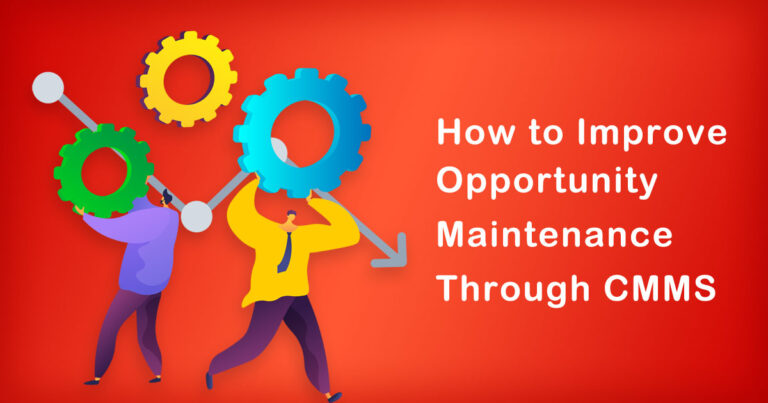Facility Management is an integral part of any organization’s operations, ensuring the smooth functioning of all the physical assets, infrastructure, and related services. The maintenance of these assets, such as HVAC systems, plumbing, electrical, and fire safety systems, is essential to keep them in good working condition, minimizing downtime and costs. Computerized Maintenance Management Systems (CMMS) have emerged as a critical tool in the management of facilities across various industries worldwide, including India. In this blog, we will discuss the Role of CMMS in Facility Management in an Indian context.
CMMS in Facility Management:
A CMMS is a software tool that helps organizations manage and track the maintenance activities of their physical assets, including preventive and corrective maintenance, work order management, and inventory control. With the help of a CMMS, facility managers can ensure that all maintenance activities are scheduled and tracked effectively, leading to improved asset performance and reduced costs.
Research conducted by MarketsandMarkets forecasts the global CMMS market size to grow from $849 million in 2019 to $1,344 million by 2024, at a CAGR of 9.6% during the forecast period. The report also highlights that the Asia Pacific region, including India, is expected to witness significant growth in the CMMS market during the forecast period.
Role of CMMS in Facility Management in an Indian context:
- Preventive Maintenance Management: Preventive maintenance is critical in maintaining the longevity of assets, improving their performance, and reducing costs. A CMMS helps in scheduling and tracking preventive maintenance activities, ensuring that they are carried out on time, thus reducing the chances of equipment failure and associated downtime.
- Work Order Management: A CMMS helps in automating the work order management process, from work order creation to completion, including resource allocation, scheduling, and tracking. This results in efficient utilization of resources and reduced maintenance costs.
- Inventory Control: Effective inventory management is essential for timely and cost-effective maintenance. A CMMS helps in maintaining an accurate inventory of spare parts and consumables, reducing inventory carrying costs and stockouts.
- Asset Tracking: A CMMS helps in tracking the maintenance history of assets, including work orders, preventive maintenance schedules, and downtime, enabling facility managers to make informed decisions regarding the maintenance and replacement of assets.
- Reporting and Analytics: A CMMS provides various reporting and analytics features that help facility managers track key performance indicators, such as maintenance costs, asset downtime, and work order completion rates, enabling them to identify areas for improvement.
Benefits of CMMS in Facility Management:
- Improved Asset Performance: A CMMS helps in scheduling and tracking preventive maintenance activities, reducing equipment downtime, and improving asset performance.
- Reduced Maintenance Costs: A CMMS helps in efficient utilization of resources, accurate inventory management, and timely maintenance, reducing maintenance costs.
- Enhanced Compliance: A CMMS helps in ensuring compliance with regulatory and safety standards, reducing the risk of penalties and fines.
- Improved Decision Making: A CMMS provides reporting and analytics features that help facility managers make informed decisions regarding maintenance and replacement of assets, leading to improved decision making.
Conclusion:
The use of CMMS has become essential in the management of facilities across various industries, including India. A CMMS helps in improving asset performance, reducing maintenance costs, ensuring compliance, and improving decision making. With the expected growth in the CMMS market in India, facility managers should consider implementing a CMMS to improve the maintenance of their physical assets and related services, leading to improved operational efficiency and cost savings.


